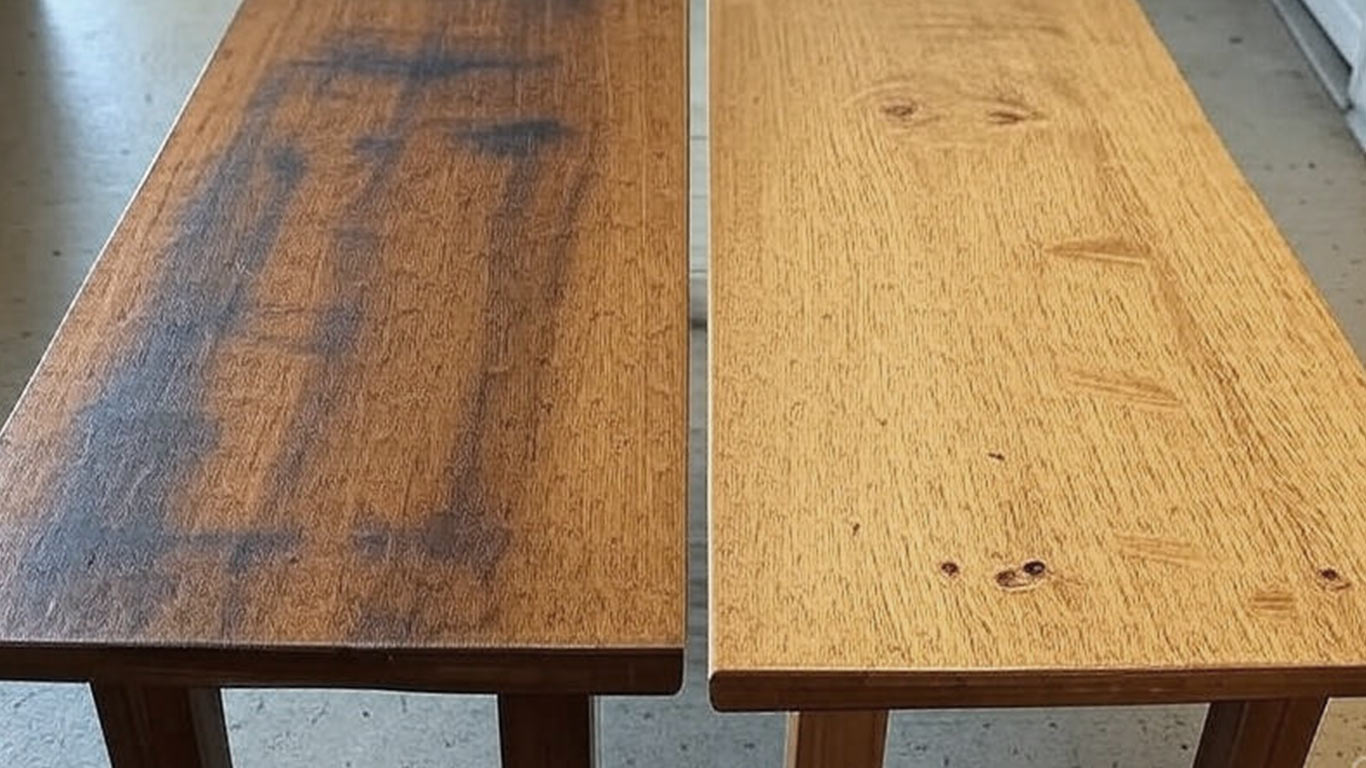
ANSI
ANSI Z136.1 - Safe Use of Lasers



I've found walnut stands out from denser hardwoods by providing lighter weight alongside solid strength, which lets it excel in varied applications like musical instruments and fine architecture.
I've examined the walnut surface at high magnification before any treatment. Dark specks and uneven buildup cover the fibers completely. Grime clogs the tiny pores, making everything look dull and rough.
After the laser passes over it, the walnut surface transforms noticeably. Fibers stand out clear and smooth without any residue. Pores open up wide, revealing a fresh and even texture.

ANSI Z136.1 - Safe Use of Lasers

IEC 60825 - Safety of Laser Products

OSHA 29 CFR 1926.95 - Personal Protective Equipment